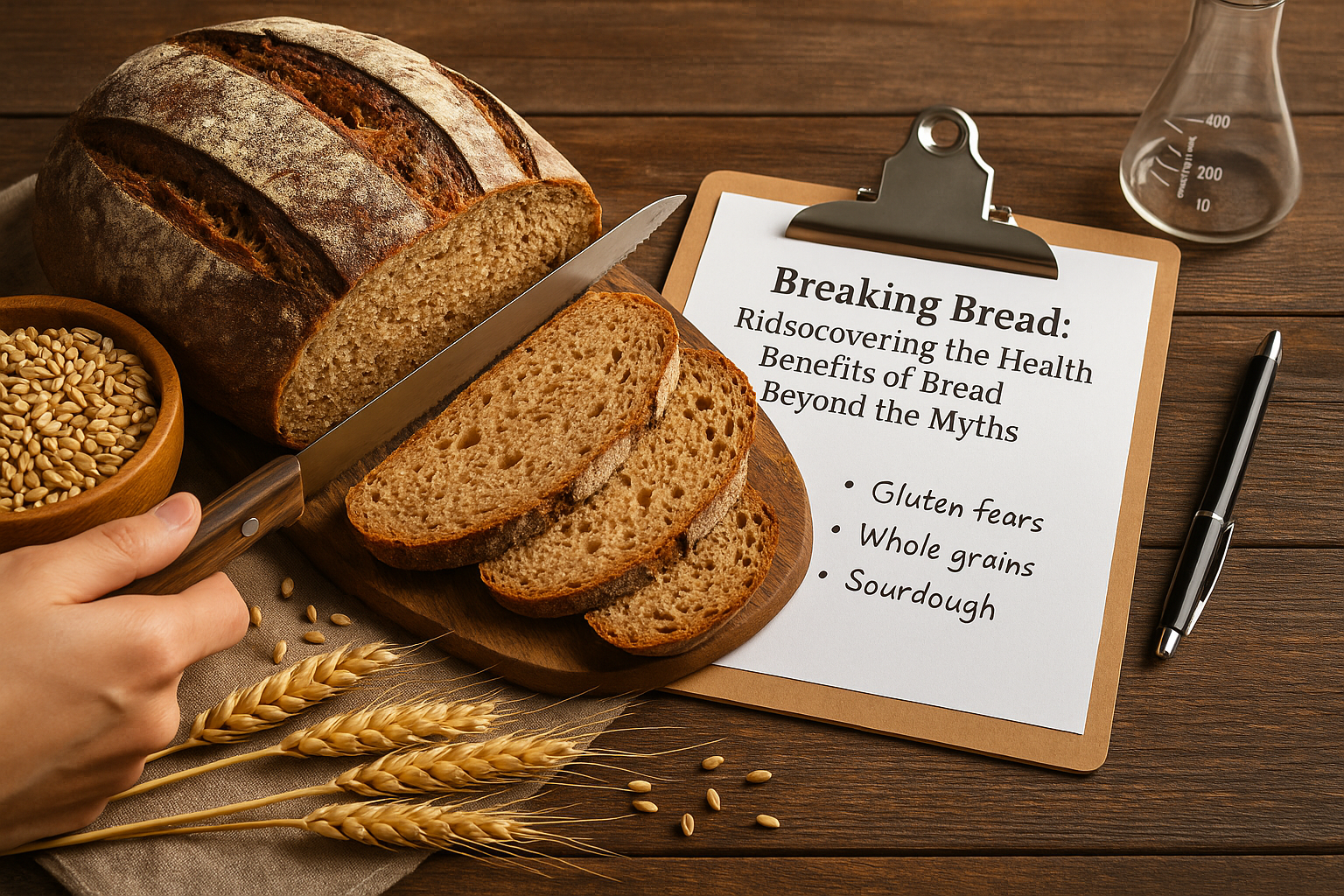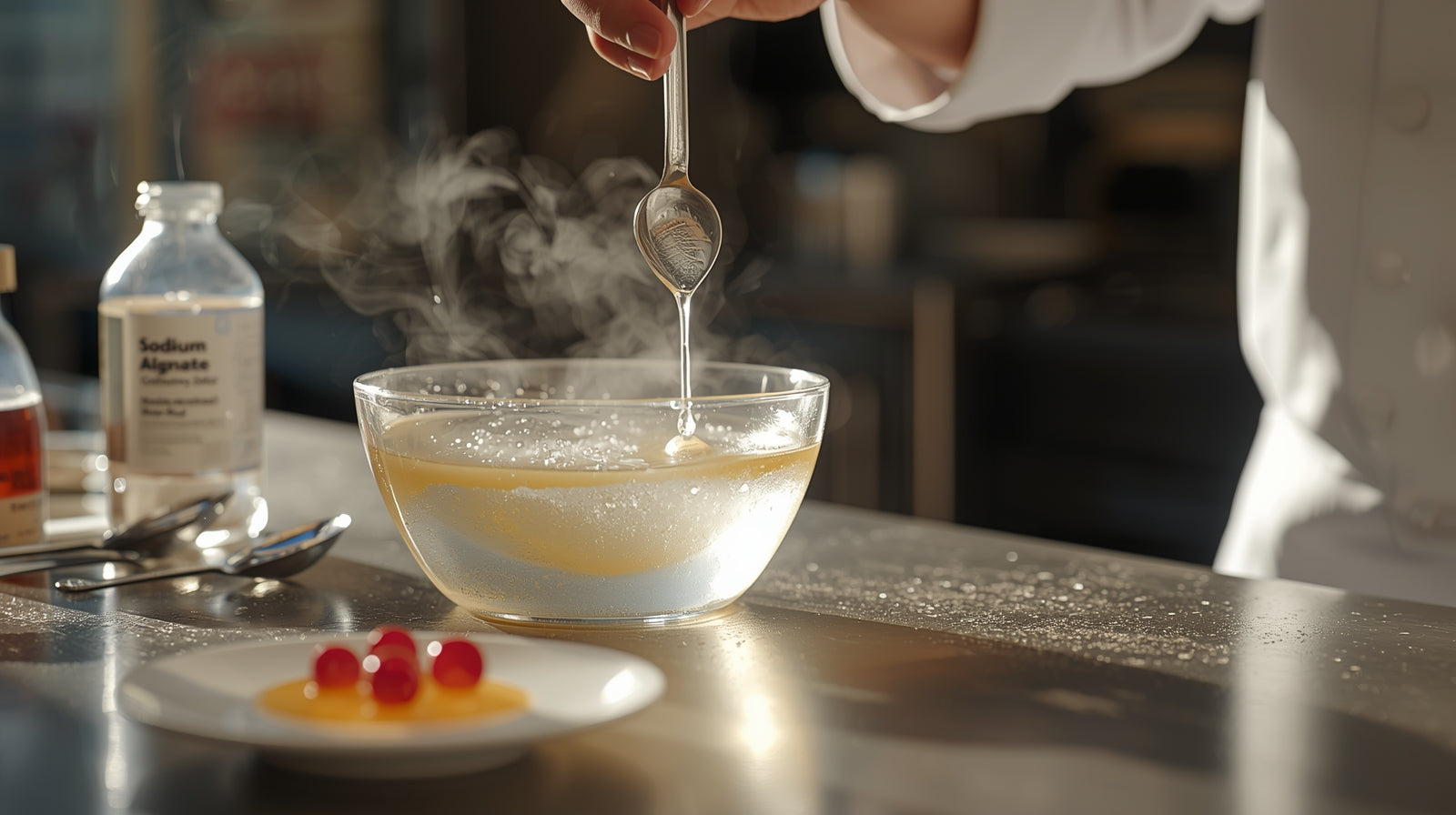Trending searches
Trending searches

The Secret Architecture of Canned Peaches: Crafting Flavor, Texture, and Time
SUBSCRIBE TO OUR BLOG
Promotions, new products, and recipes.
The Secret Architecture of Canned Peaches: Crafting Flavor, Texture, and Time
Introduction: Peaches That Outlast Summer
Most people think of canning as a way to keep peaches from spoiling — a syrupy insurance policy against time. But the real secret lies in the liquid.
It’s more than a preservative — it’s the architect of flavor, texture, and longevity. Think of it as the silent designer behind every spoonful: guiding sweetness, structure, color, and even aroma months after the jar is sealed.
Whether you choose syrup, juice, or water, you’re deciding how your peaches will age — gracefully or otherwise.
Choosing the Right Liquid: The Chemistry of Preservation
When canning peaches, your liquid medium determines more than sweetness. It governs osmosis, texture, microbial safety, and even color retention.
| Liquid Type | Pros | Cons | Shelf Life |
|---|---|---|---|
| Simple Syrup (Water + Sugar) | Best preservation, stabilizes texture, prevents browning | May overpower delicate peach flavor | Longest (12–18 months) |
| Fruit Juice (Apple, White Grape) | Natural sweetness, subtle flavor notes | Flavor evolves over time | Moderate (9–12 months) |
| Water | Pure peach flavor, no added sugars | Shorter shelf life, texture softens | Shorter (6–9 months) |
Cape Crystal Insight
The magic behind syrup’s longevity is its reduction of water activity — the amount of free water microbes can use to grow. Sugar molecules bond with water, denying microbes their lifeline. That’s food science at its most deliciously practical.
Building Your Liquid: Balancing Sweetness, Acid, and Texture
1. Light Syrup + Lemon Juice
This is the classic foundation. A light syrup (roughly 1 cup sugar to 4 cups water) cushions the fruit, while a squeeze of lemon introduces acidity that protects color and sharpens brightness. The result: peaches that stay golden and firm.
2. Juice-Infused Brine
White grape juice brings a mellow sweetness, while apple juice adds fruit-forward complexity. These pair beautifully with a whisper of citric acid or calcium chloride from Cape Crystal Brands, which fortify cell walls and keep peach slices resilient rather than mushy.
3. Water for the Purist
For minimalists, plain water preserves peach purity — but expect a softer, less shelf-stable product. The flavor, however, sings with authenticity.
Flavor Add-Ins: Turning Humble Peaches Gourmet
The canning jar can also be your test kitchen. Try these small twists for a chef’s touch:
-
Spices: A cinnamon stick, clove, or star anise warms the sweetness.
-
Herbs: Fresh thyme or basil adds a bright, unexpected note.
-
Extracts: A drop of vanilla or almond extract enhances roundness.
-
Citrus Zest: Lemon or orange peel introduces acidity and aromatic lift.
Pro Tip: Keep all solids submerged in liquid before sealing — this ensures even heat processing and prevents spoilage.
FAQs About Canning Peaches
1. Can I reduce sugar in the syrup?
Yes, but do so cautiously. Less sugar means higher water activity, which shortens shelf life. You can balance this by adding a touch of citric acid for pH control.
2. Why do my peaches turn brown after canning?
Oxidation is the culprit. Adding lemon juice or ascorbic acid helps preserve that sunny golden color.
3. How do I make peaches stay firm in the jar?
Use calcium chloride — it crosslinks pectin in the cell walls, keeping slices sturdy even after months of storage.
4. Can I use honey or maple syrup instead of sugar?
Yes, but expect flavor shifts and a shorter shelf life. Honey and maple syrups are hygroscopic and may slightly darken the peaches over time.
5. What’s the ideal headspace when canning?
Leave ½ inch of headspace. This allows proper vacuum sealing without overflow during processing.
6. Is citric acid necessary if I’m using lemon juice?
Lemon juice works, but citric acid provides precise control and consistency. It’s a pantry essential for safe canning.
Final Thoughts: The Flavor of Time Well-Preserved
Canning peaches isn’t nostalgia — it’s chemistry in action. Each jar captures sunlight, sugar, and science working in harmony. With the right liquid balance and a few smart flavor touches, your canned peaches can rival anything fresh from the tree — even months later.

|
About the Author Ed is the founder of Cape Crystal Brands, editor of the Beginner’s Guide to Hydrocolloids, and a passionate advocate for making food science accessible to all. Discover premium ingredients, expert resources, and free formulation tools at capecrystalbrands.com/tools. — Ed |
Related Posts

Breaking Bread: Rediscovering the Health Benefits of Bread Beyond the Myths

New Era of Ingredient Transparency? How Congress, Industry and Regulators Are Colliding Over Food Dyes and Additives

Key Things to Know About Using Sodium Alginate in Food
Enjoyed this post? Subscribe to The Crystal Scoop
Food-science tips, ingredient know-how, and recipes. No spam—unsubscribe anytime.
- Choosing a selection results in a full page refresh.
POLICY PAGES
QUICK LINKS
Guar Gum
Cape Crystal Brands, 18 Bank St., Suite 1, Summit NJ 07901.
- Phone: +1 908-273-5600
- Email: info@capecrystalbrands.com
- Tax ID: 26-2477626000
- FDA Facility Registration # 16980627550
- Kosher Certified: OKosher.org
Country/region
© 2025, Cape Crystal Brands | Sitemap
